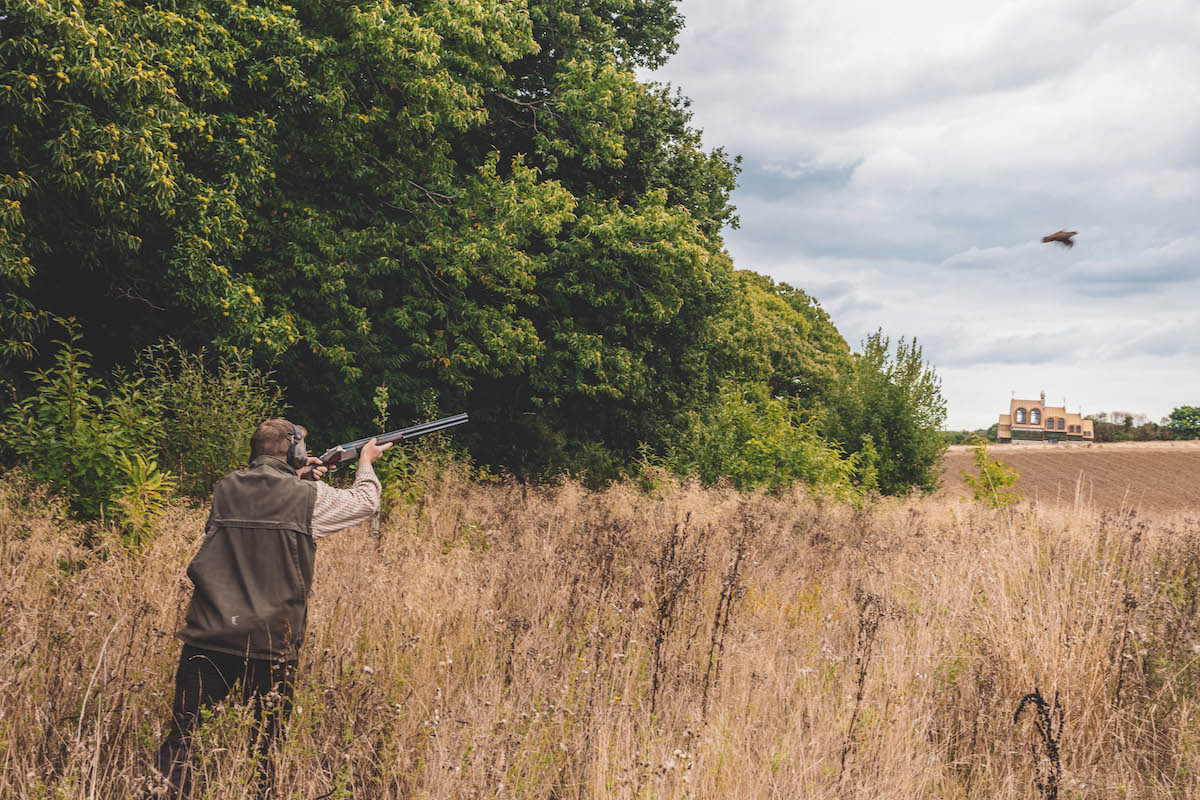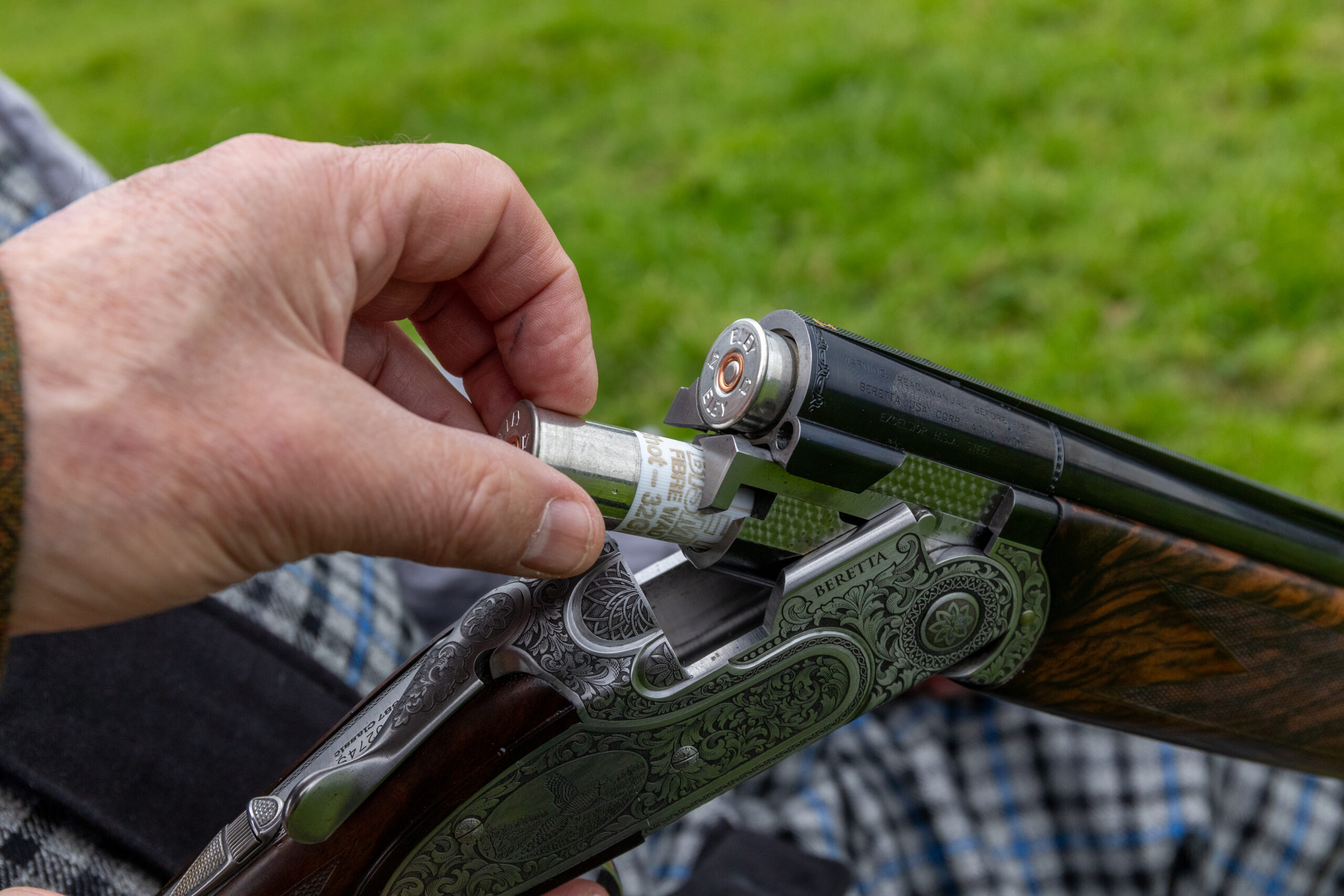What next for cartridges?
Richard Negus explores how far non-toxic loads have come in the last five years

With a plethora of non-lead options now leading the way on the market, there's no excuse not to make the switch
I looked back through the haphazard filing system on my PC, searching for the first article I penned for Shooting Times on the subject of non-toxic shot and biodegradable wads. I eventually found the thing tucked away in a file dating back to early 2019. Since then, I have revisited the subject repeatedly, trialling new loads and wad variants. I have put my money where my mouth is, and not one ounce of lead has passed through my barrels against live quarry since that date.
In that time, among many memorable days, I’ve shot Essex partridges with cardboard wads and steel, towering Broadland pinks with composite shot borne on cups made from lettuce and (my cheeks still flush with shame) I remember one notably ham-fisted duck flight in the Stour valley using bismuth, which cost me the best part of a week’s wages for a paltry brace in the bag.
The shift away from lead shot has caused no little debate, some level of rancour and even downright anger. Many have argued that the timescale for the moratorium was too impulsive, others that alternative shot would damage guns or make some calibres obsolete. Cost implications were similarly cited as negatives along with inadequate stopping power, ineffective killing range and damage to carcasses and, for that matter, diners’ molars.
To be honest, what should have been a seamless change for the better resulted in a few years of fudging and begrudging but we are, thankfully, nearly out of that tunnel and most of us have accepted that non-toxic loads are now the norm.

Richard Negus’s preference when wildfowling is steel shot; he uses an alloy for game
What next?
Innovation has always been a feature of our sport, particularly when it comes to cartridges and the guns that fire them. The revolutionary spirit of the ‘loaders’ was put to a stern test by the seismic and speedy shift away from lead shot. Therefore, now that the dust has settled somewhat and nearly five seasons after I first trialled the ‘eco’ cartridges from Eley, Jocker and BioAmmo, now is the time to ask the question: what next for shotgun cartridges?

Eley Hawk was one of the trailblazers in steel shot technology, and the VIP Steel Pro EcoWad is a popular choice
Eley’s Tony Bromwich is a man with a positive outlook, and why not? His brand was one of the trailblazers in biodegradable wad and steel shot technology with the well-regarded VIP Steel Pro range and the quality fowler’s load, the VIP Lightning Steel with a plastic wad. “Things have changed a lot in five years,” Tony tells me. “Our understanding of how steel works has increased at pace, meaning we now provide a greater range of steel loads in 12 and 20-bore. However, if you are looking for a ‘silver bullet’ – a load that is directly comparable with what you shot in lead – I am afraid it isn’t out there.”
Eley, like all loaders, has been hampered in its development of steel due to two factors. Firstly, Covid cost cartridge manufacturers nearly two years of research and development time. Secondly, after a brief pandemic respite, Putin invaded Ukraine, impacting supply chains and putting enormous strains on the availability of powder and raw steel. This caused extended lead times, meaning that simply sourcing materials to manufacture the existing ranges
took precedent.

BioAmmo Blues feature a biodegradable case and an alloy shot, so they can be used with any choke
Yet Eley is now not only improving its overall steel offerings in 12 and 20-bore, it is also incorporating other shot material options. Bismuth loads in 16 and 28-bore are available, and trials using copper are underway. I ask Tony what the future holds for the Brummie stalwarts, to which he replies, “Watch this space.”
It is true that for those who don’t shoot either a 12 or 20-bore, there is a paucity of non-lead options available. The reasons for this are twofold.
Firstly, steel – however much things have improved with the load in five years – is and will always be a lighter yet more rigid material than lead.
Essentially, it is near impossible to load a 16, 28 or .410 cartridge with sufficient steel pellets to make it effective. Secondly, demand for smaller bores is low, so it makes no commercial sense to sink vast sums of money into developing a cartridge for a market where the returns are negligible. I am afraid to say that this situation has not changed.
Equally, many feared that old English 12-bores were destined to become museum pieces. Worries voiced over the pressures in steel loads caused spectres of breech explosions (overwhelmingly not true), which helped to stir up ill feelings against the move away from lead. More importantly however, finding a 2 1/2in steel cartridge was like finding snow in the desert. This is an area in which BioAmmo, another innovator in the non-lead market, has stolen something of a march on its competitors.

BioAmmo was another early innovator in the non-lead market, using a plant starch wad
I raved about BioAmmo when I first trialled its offerings, finding them powerful, consistent and boasting a plant starch wad that seemed to combine into a viable environmentally friendly alternative to lead. Being a young company, with a factory set up from the get-go to load steel, the Spaniards were less hampered than most in their ability to innovate at speed.
Five years on since I first shot a 60-yard crow with one of the prototype steel loads, things have advanced mightily. Most notable is BioAmmo Blue. The fully biodegradable case and wad is sturdier and less prone to brittleness. The shot in Blues, however, is not steel but an alloy. The combination of metals means one can use any choke, being near as soft as lead. Ricochet isn’t an issue either, and shot penetration is improved. Better still for those who want to use Grandfather’s gun, a new 67mm case is now available with pressures matched to any nitro proofed gun.
Nick Levett- Scrivener, the importer of BioAmmo to the UK, is his usual ebullient self about this development. “I think these cartridges may just save shooting; there is now no reason to need to use lead,” he says. BioAmmo has improved its steel range too: the High Velocity 3in Steel Magnum, particularly when stuffed with 36g BB, is a true goose killer. The ‘rough edges’ I found in 2019 are now ironed out, and much the same can be said for its 2 ¾in game loads, which range from 28g through to 34g.

French manufacturer Jocker has perfected its cardboard wad and cup, from .410 up to 10-bore
Smaller-bore options
There is some good news for those who use smaller-bore guns. Jocker, the final candidate in my early trials, has now reportedly perfected its cardboard wad and cup. Further reports are coming in that the French loader has succeeded in making these wads from .410 up to 10-bore, which if used in conjunction with the alloy shot from BioAmmo could provide a replacement for lead for users of rook rifles to foreshore cannons.
The short answer to the question posed: “What next for cartridges?” is onwards and upwards. Whether you choose to dabble with alloy or stick to steel is going to be a matter of personal choice and experimentation, but I choose the former for game and the latter for wildfowl.








